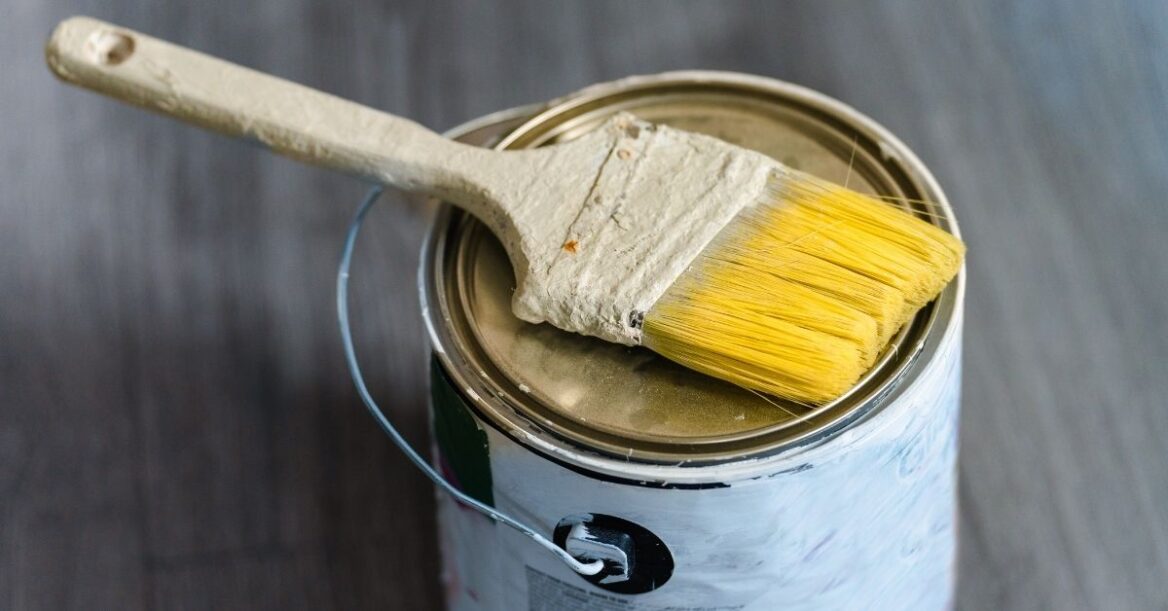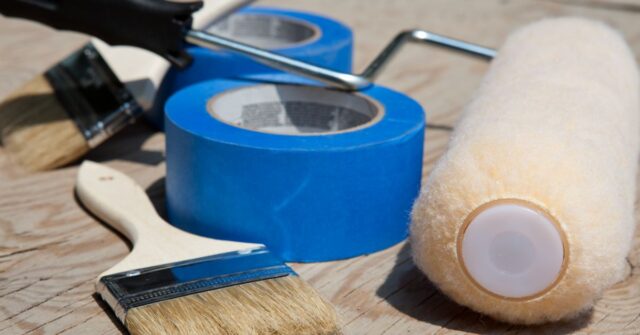We’ve all been there – you stumble across a dusty old tin of paint in the garage and wonder, “Can I still use this?”
Whether you’re finishing a wall touch-up or finally tackling that DIY project, knowing if that leftover paint is still good can save you time, effort, and a botched finish.
In this guide, we’ll break down how long paint lasts, how to spot when it’s gone off, and what you can do with it if it’s no longer usable.
Why Understanding Paint Shelf Life Matters
Old paint doesn’t just lose its colour punch – it can separate, smell, and ruin your surfaces. Using expired paint can lead to uneven coverage, peeling, or worse, needing to redo the whole job.
Knowing the shelf life also helps with budgeting and planning. If you store it right, you might avoid buying a new tin altogether.
Plus, expired paint can be a safety hazard if not disposed of correctly. Understanding shelf life keeps your projects smooth and your storage tidy.


How Long Does Unopened Paint Last?
If your paint tin is still sealed and has been stored away from extreme temperatures, you’re in luck.
An unopened paint can last quite a long time, though not forever. Shelf life varies depending on the type of paint.
Latex and Acrylic Paint
These water-based paints typically last between 5 to 10 years if unopened and stored well. Keep them in a cool, dry place, ideally under 30°C.
If they’ve never been frozen or exposed to direct sunlight, they might surprise you and still be usable even after several years.
Oil-Based Paint
Oil-based paints are the veterans of longevity. Unopened, they can last up to 15 years or more. Their solvent content keeps them stable over time.
Just make sure they haven’t rusted through the tin or been stored in sweltering conditions – that can compromise their quality.
Chalk and Milk Paint
These types tend to have a much shorter life. Chalk paint can last up to a year unopened, while milk paint usually only lasts a week or two unless powdered.
If you’re buying these for small projects, plan to use them soon after purchase.
How Long Does Opened Paint Last?
Once air hits the paint, the clock starts ticking. Opened tins don’t last nearly as long as unopened ones, but proper storage can stretch their usefulness.
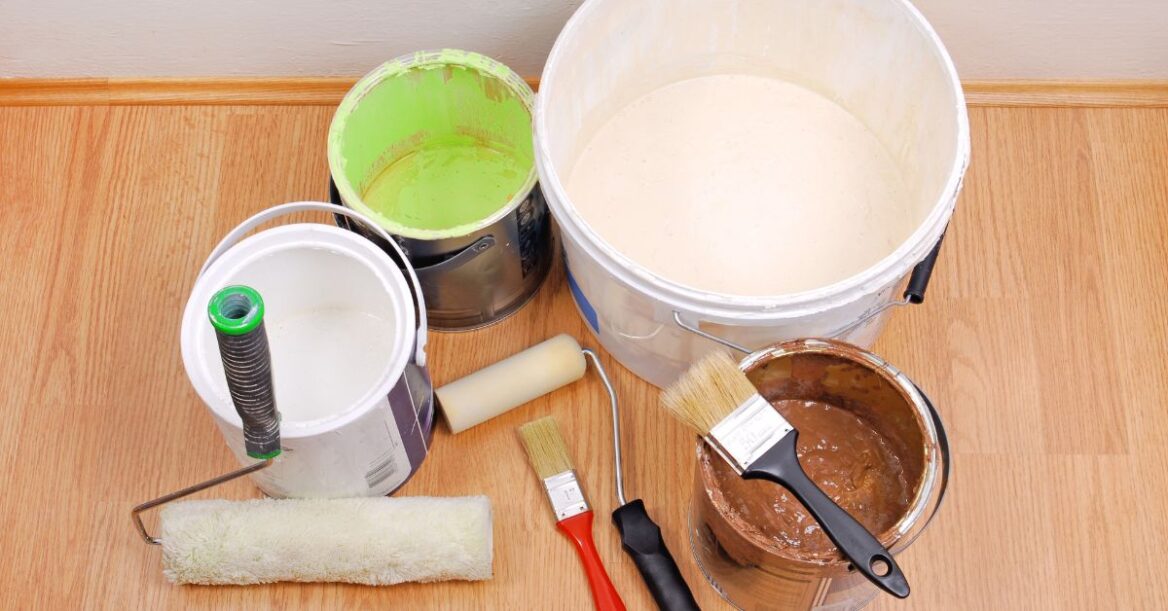

Factors That Affect Opened Paint Longevity
The way you reseal the tin, where it’s stored, and how much air gets in all matter. Latex and acrylic paint may last around 2 years once opened, while oil-based paints can hang in there for up to 5.
Exposure to air thickens the paint and allows bacteria or mould to grow. Hot or cold temperatures also speed up degradation.
Best Practices for Reusing Old Paint
If it looks okay and smells fine, it might still be good. Stir thoroughly to recombine separated layers.
If the consistency returns to normal and it spreads smoothly on a test surface, you’re probably in the clear. But if it smells sour or is chunky despite stirring, toss it.
How to Tell If Paint Has Expired
Not all old paint is bad, but there are telltale signs when it’s past its prime. Don’t take chances with questionable paint. A dodgy tin can ruin a project or, worse, your walls.
Signs of Expired Paint
Look for clumps, skin on the surface, separation that doesn’t mix back in, or obvious mould growth.
The most common red flag is a foul, musty smell – that’s bacteria having a party in your tin. Another clue is a rubbery or stringy texture. Paint should be creamy, not lumpy porridge.
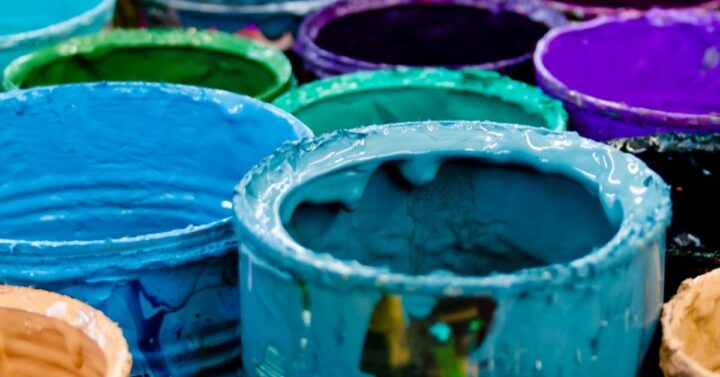

Smell, Separation, and Texture Changes
If it smells like rotten eggs or sour milk, don’t bother. Water-based paints are more prone to bacterial spoilage, so trust your nose.
Even if the paint looks okay, it should spread smoothly. If it drags or flakes quickly, it’s likely too far gone.
Testing Paint Before Use
Paint a small patch on cardboard or an offcut from your last job. Let it dry. If it adheres well, looks even, and doesn’t peel, it’s likely safe. If in doubt, toss it out – better to lose a tin than repaint a whole room.
How to Store Paint Properly
A few smart habits can add years to your leftover paint. It’s worth the effort, especially for future touch-ups or small fixes.
Choosing the Right Storage Location
Store paint indoors, not in a shed or garage where temperatures swing wildly. Aim for a dry place with a stable temperature, like a cupboard or under the laundry sink.
Keep tins off the floor to avoid rust from moisture underneath.
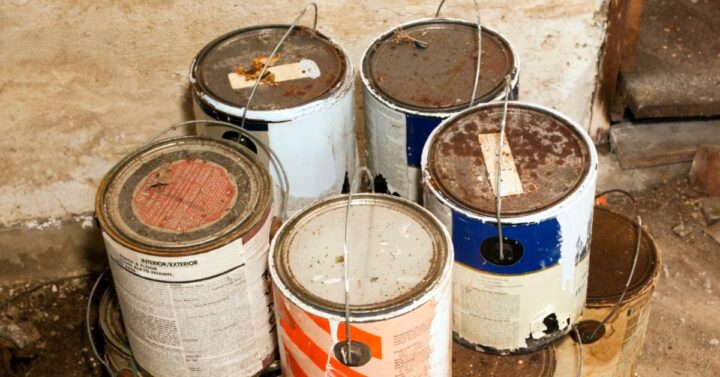

How to Seal Paint Cans Correctly
Use a rubber mallet, not a hammer, to gently close the lid without bending it.
Wipe off any paint in the rim first – it helps seal better and avoids messy rust. You can even put plastic wrap under the lid before sealing to keep air out.
Tips for Labelling and Organising Paint
Write the date and room or project name on the tin with a marker. If you decant leftover paint into smaller containers, label those too.
Keep similar colours together in a box or crate. You’ll thank yourself when it’s time for a touch-up.
What Happens If You Use Expired Paint?
You might get away with it… or you might not. Using old paint is a gamble, and the odds aren’t always in your favour.
Potential Issues With Application and Finish
Expired paint might go on streaky, not adhere well, or dry unevenly. Worse, it could start peeling within weeks. A patchy wall might mean sanding everything down and starting again. That’s not a fun weekend.
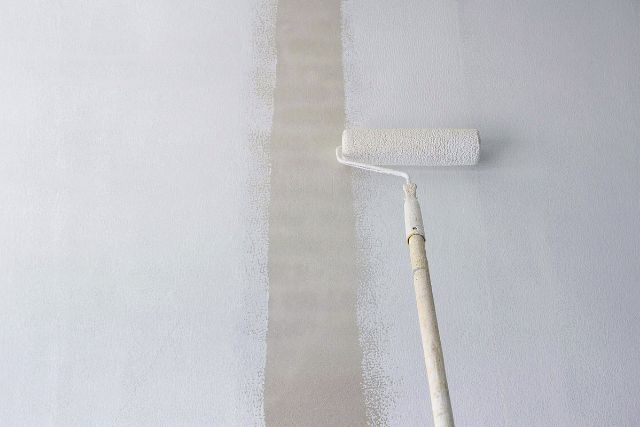

Long-Term Effects on Surfaces
If bacteria or mould are in the mix, the paint can develop odours even after drying. In damp areas, it may not resist mildew or moisture.
It could even damage drywall or wood beneath. What seems like a harmless shortcut might become a redo job down the track.
How to Dispose of Old or Expired Paint
Don’t just toss it in the red bin – paint is considered hazardous waste. It needs special disposal to protect the environment (and to stay on the right side of the law).
Understanding Local Disposal Regulations
Each council handles paint disposal differently. In most of Australia, programs like Paintback accept leftover or expired paint for free. Check your local council’s website for the nearest drop-off point.
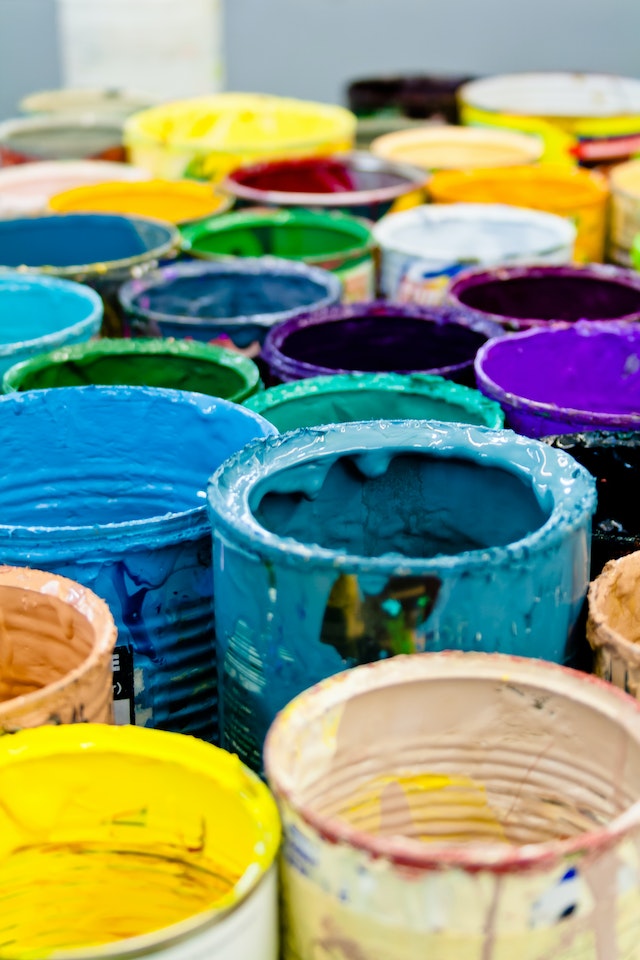

Environmentally Friendly Disposal Options
If the paint is still usable but unwanted, try giving it away. Neighbours, community groups, or art programs might be keen.
For small dried-out amounts, you can sometimes solidify them (using kitty litter or paint hardener) and then dispose of them in general waste. But always double-check your local rules first.
Final Thoughts on Paint Shelf Life
Paint doesn’t last forever, but it can go the distance with the right care. Whether you’re saving it for a future project or just trying to avoid waste, knowing when to keep it and when to bin it makes life easier.
Think of it like milk – sniff, stir, test, and trust your gut. Just don’t try putting it in your coffee.

